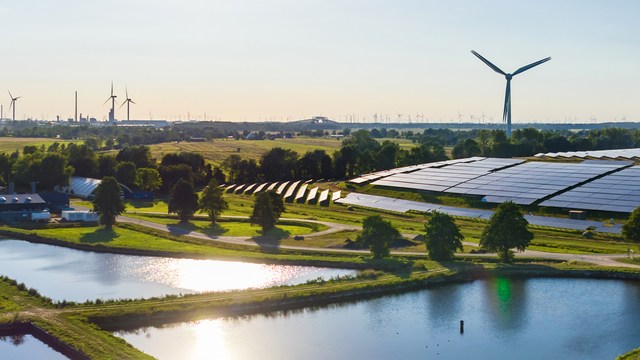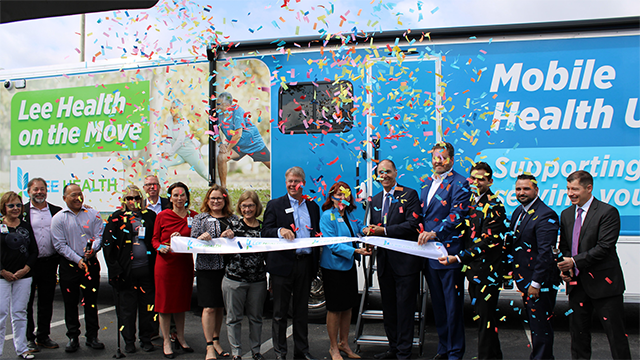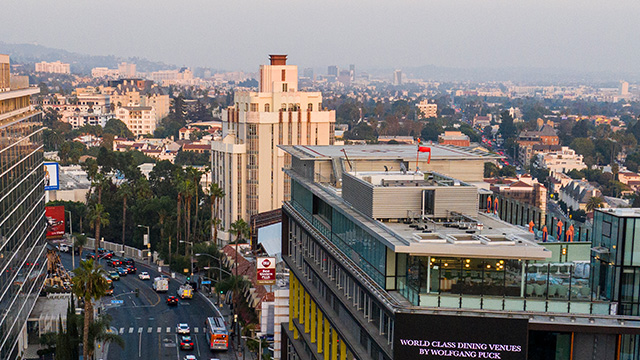Building a smart city is easy to envision, but it can be challenging to implement. From questions about financing and stakeholder engagement to technology advocacy and information technology (IT) governance, there is a lot to consider after you’ve made the decision to enable data to make your community more livable, sustainable and connected. After the overarching vision and strategy are set, making smart cities real often starts by implementing a series of smaller changes that contribute to the overall transformation.
The path to the smart city is replete with obstacles: tight budgets, unaligned priorities, and a skeptical public. But from San Diego to San Antonio, examples of groundbreaking smart city initiatives are demonstrating how leadership, vision, collaboration and the engagement of a local champion can overcome doubts. To help more cities move forward with their smart city visions, we’ve identified a set of common hallmarks of successful smart city plans. Each provides a specific action or milestone towards methodical and meaningful change.
Designate a Smart City Champion: Many smart city initiatives have appointed executives charged with assessing the technology landscape and uniting stakeholders to implement projects. With titles such as “Chief Sustainability Officer” or “Chief Innovation Officer,” these leaders are a city’s high beams, scanning the landscape for ways their communities can take advantage of data and other technology to improve livability. They are the smart city initiative’s best advocate and work to build relationships, explore advantageous financing and engage citizens.
Think Big, Start Small: Forward-looking smart city planners are big thinkers by nature, anticipating the interconnections between power, water and telecommunications, and considering programmatic approaches to improving their communities. While long-term blueprints are foundational to smart city successes, it’s important to consider the pragmatic, easy wins that can create momentum and enthusiasm among stakeholders. Less complex but high return-on-investment projects, such as smart streetlights or digital kiosks, create proof-of-concept successes that help coax support for deeper infrastructure improvements.
Form Strong Partnerships: Much of the perceived complexity accompanying smart city plans relates to the large number of diverse stakeholder groups with different needs and priorities. Proactive cities are embracing this challenge as an opportunity for better engagement and alignment around a common vision. The city of San Diego, for example, has formed partnerships with industry leaders, trade associations and educational institutions and, as one media outlet stated, is “rewriting the city’s DNA.” Smart city partners include San Diego Gas & Electric, General Electric, the University of California-San Diego, and trade association Cleantech San Diego. This level of collaboration across key stakeholder groups represents best practice and the model for other cities to follow.
Non-traditional partnerships can overcome historical problems. In Arizona, for example, the Arizona Commerce Authority, Deloitte and Black & Veatch are leading an initiative to employ technology-enabled infrastructure and streamlined processes, such as traffic optimization, to minimize the delays that slow commerce at the border. An estimated $1.4 billion of commerce and 1 million people across the U.S.-Mexico border each day, creating enormous economic development potential that will directly benefit from worldclass border-region improvements. Other enhancements include boosting advanced educational opportunities and expanding broadband access for otherwise underserved communities on both sides of the border.
Explore All Financing Options: Perceptions that smart city initiatives — which may or may not align with traditional bond financing — are unaffordable continue to concern municipal planners. Responses to Black & Veatch’s 2018 Strategic Directions: Smart Cities & Utilities Report suggest that public-private partnerships are an important tool for getting past the sticker shock of upfront costs (Figure 2). Since smart city initiatives are leading edge concepts, financing these initiatives also requires innovation. One example is revenue-generating smart digital kiosks, LED street lighting with controls, renewable energy installations and other improvements that can sharply reduce a city’s initial investment and/or ongoing operational costs.
Figure 2. What would be (or is) the most effective financing model for “smart city” initiatives? (Select all that apply.)

Figure 3. What role is your utility playing in your municipality’s “smart city” initiatives? (Select one choice.)

Weave Initiatives into the Social Fabric: A key challenge for smart city programs is leveraging technology to better enable people from all walks of life, empower them with what they find meaningful and include their inputs as part of the solution. This is starting to manifest in interactive streetscapes, digital kiosks that provide free Wi-Fi in low-tomoderate income communities, intuitive city apps that enable citizens to report issues and track progress, and community centers that bring people together through a smart intermingling of art, culture and technology.
Promote Smart Multitasking: Cities are using existing assets in new ways and sponsoring new levels of engagement. For instance, smart streetlights are much more than just streetlights. Cities are receiving up to 75-percent energy savings from retrofitting streetlights with LED bulbs, automated lighting and dimming capabilities, but they hold larger promise. Streetlights are becoming connected, multi-purpose city assets that contain digital signage, video cameras, internet connectivity, electric vehicle charging stations and smart sensors to help with everything from gunshot detection to air quality and traffic monitoring.
Data Governance: Data underpin the smart city and move across our systems in staggering amounts. For instance, a single autonomous vehicle has the potential to create more than 2 terabytes of data each day — roughly equivalent to two, Netflix-obsessed families’ monthly data consumption. Multiplied across the sector, it is easy to see how huge investments in communications technology are critical. That much data will raise questions about who’s managing that information, where it’s stored, how it’s accessed and how cities are securing it. Cybersecurity is a crucial pressure point, and a smooth implementation of dataintensive upgrades will require cities and organizations to reconsider their approach to IT and operational technology issues and place new focus on data science and cybersecurity.
Evolve the Approach
The top-down, government-led approach to sustainable cities is giving way to diverse partnerships, innovative financing and increased citizen engagement. As this shift happens, the smart city to-do list is a set of tasks that’s bigger than any one leader can handle. Fulfilling the smart city vision will demand teamwork across sectors, solution providers, citizen groups, technology companies and consultants, academic institutions, industry groups and financiers. The challenges that smart cities seek to solve are too complex to be left to a few players and too interdependent to be addressed in a piecemeal way.








